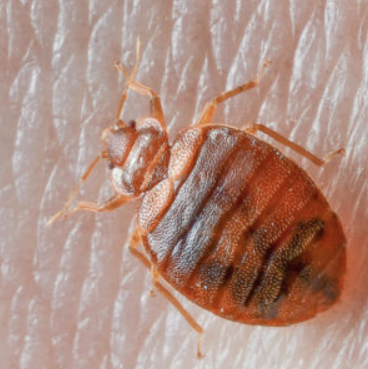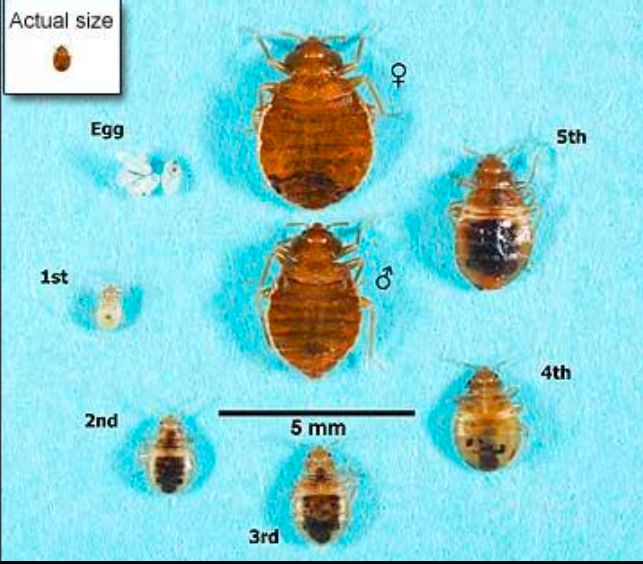|
|
AuthorBest bug bug company in Dayton Ohio, d.i.y and Full Service ArchivesCategories |
AREA'S WE SERVICE
|
Hours Monday Sunday : 24/7
|
TelephoneCALL 9375066940
|
Dayton ohio in the news
|
 RSS Feed
RSS Feed


